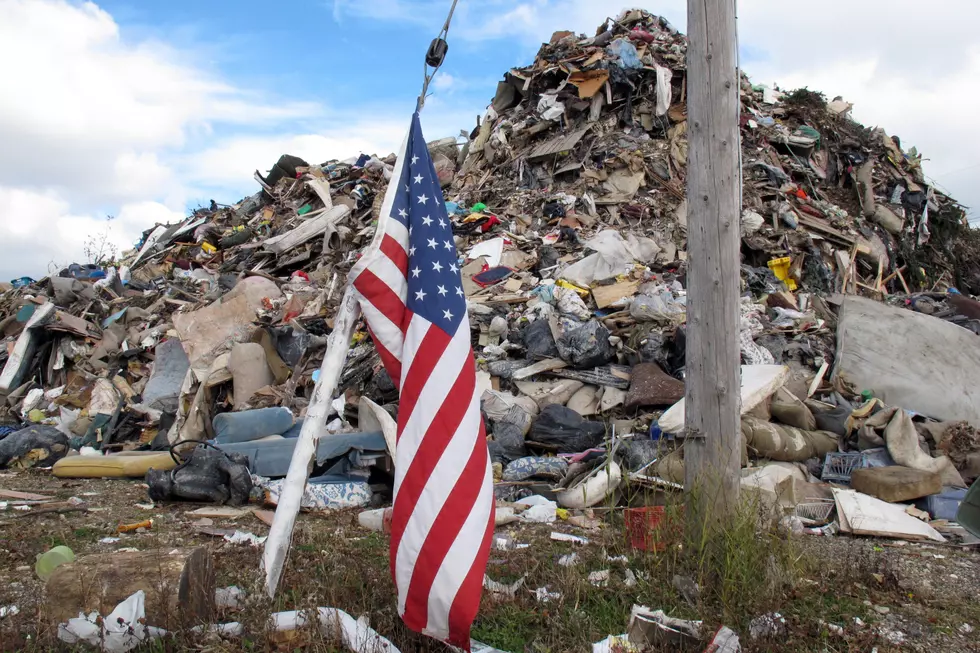
Many questions on $52B storm protection plan in NJ, NY
PERTH AMBOY — People are asking questions about a storm protection proposal for New York and New Jersey that would be among the most massive and costly flood control projects ever done in America, aiming to prevent the type of catastrophic flooding caused by Superstorm Sandy in 2012.
At a public hearing Wednesday night on the U.S. Army Corps of Engineers' proposed $52 billion project, some wanted to know where all the water that would be thwarted by storm gates would go instead.
Others wanted to know why the plan doesn't solve more of the problem.
And one had a pointed question for the Army Corps.
“When has the Army Corps of Engineers ever beaten Mother Nature?” asked David Merwin, who lives in a Raritan bayfront community in Old Bridge. “Where have you done a project where you won?”
The hearing in a yacht club in the blue collar Raritan Bay community was among the first public hearings on a massive storm protection plan unveiled by the Army Corps in September.
The agency proposes building movable barriers and gates across bays, rivers and other waterways in the two states hardest-hit by the October 2012 storm.
It includes building sea gates on several industrial canals, bays and other urban waterways in New York City, the tidal straits that separate Staten Island from New Jersey and at the mouths of New Jersey’s Hackensack and Passaic rivers in the Meadowlands region.
The gates would remain open during calm periods, and could be closed when major storms approach. But the proposed barriers have drawn opposition from property owners who worry about how they would look, and environmentalists concerned about adverse effects on water quality and natural ecosystems.
Shore-based barriers including flood walls, levees and elevated walkways would be built in Brooklyn, Queens and Manhattan in New York, and Jersey City and Newark in New Jersey.
The plan also calls for integrating natural solutions such as wetlands restoration and creation of “living shorelines,” with features such as oyster colonies designed to blunt the force of incoming waves in several spots to complement the man-made engineering projects.
Work would not begin until 2030 at the earliest, and would not be completed until 2044.
The plan tentatively chosen by the Army Corps was one of five options that varied from doing nothing to doing much more than what is currently proposed.
The most ambitious option would include more flood control measures in more places in New York and New Jersey, including 7.4 miles (12 kilometers) of flood barriers along the two states' shorelines centered on New York Harbor that would be — by far — the longest storm barrier in the world, according to the Corps.
That plan would cost more than twice as much as the option currently under consideration: $112 billion.
Yet it drew some support at Wednesday's meeting. Sara Jane Millard, a London native living in Manasquan, New Jersey, asked representatives of the Army Corps why they don't adopt the more far-ranging option. Her community was devastated by Sandy.
“It would solve the problem for the whole area, millions of people,” she said. “They are engineers and they're wonderful, and they know how hard it is to persuade politicians to spend money. But people whose houses could be wiped out want this done.”
Bryce Wisemiller, a project manager with the Army Corps, said there are two main reasons the more extensive option was not chosen.
“Tremendous cost and tremendous time period,” he said.
The agency uses a cost-benefit analysis to look at how much damage could be prevented by a project compared with how much it would cost to build it, Wisemiller said. Using those calculations, the Corps tentatively chose the current option, he said.
Bruce Hoch of West Orange, New Jersey, said Sandy was one of the most expensive storms in U.S. history, adding he could make a good case for spending more to protect more.
“Sandy caused $70 billion in damages,” he said. “I could do a cost-benefit analysis (to support) that.”
The costlier option would benefit 94% of the study area in the two states; the currently chosen option would benefit 62% of it.
The Army Corps will make its final recommendation on the project to Congress in late 2024, Wisemiller said.
How much does the average NJ home cost? Median prices by county
25 richest people in America and how they did it
These NJ towns have the highest rates of sexually transmitted diseases
More From 92.7 WOBM










